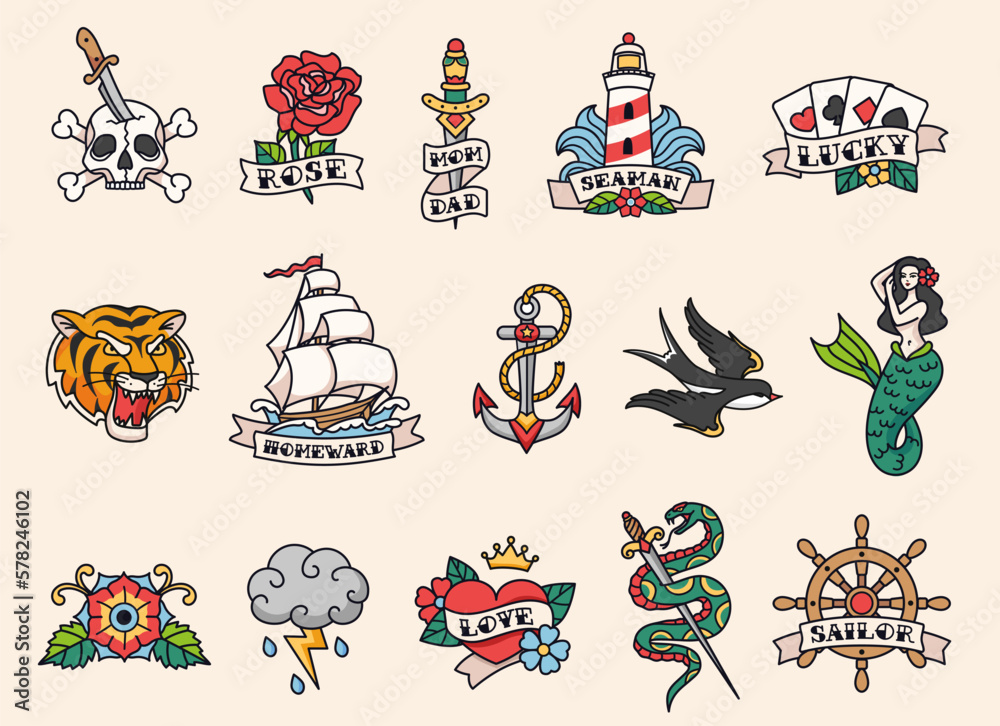Tattooing is a practice that spans centuries, connecting cultures, beliefs, and individual stories. From its ancient origins in sacred rituals to its modern expression in contemporary body art, tattooing has evolved tremendously. Whether used to mark rites of passage, show social status, or express personal identity, tattoos hold deep significance across the globe. In this blog, we explore the fascinating journey of tattooing, looking at its historical roots and modern trends shaping the art today.
Ancient Rituals: Tattoos as Sacred Symbols

Tattoos were first used in ancient cultures for spiritual, medicinal, and social reasons. For example, Ötzi the Iceman, a mummy dating back 5,300 years, had tattoos believed to be therapeutic. In Polynesian cultures, tattoos were rites of passage marking significant life stages, while in Egypt, tattoos often signified religious devotion.
Ancient civilizations viewed tattooing as more than mere body art. It was a sacred practice often involving painful methods to leave permanent marks, making the tattoos even more significant.
Middle Ages to Modern Times: The Tattoo Renaissance
After fading in popularity during the Middle Ages, tattoos saw a resurgence in the 18th century, particularly in Western cultures. Sailors, soldiers, and adventurers began marking their travels and experiences on their skin. This period gave rise to Western traditional tattoo styles, including iconic designs such as anchors, ships, and roses.
By the mid-20th century, tattooing had become more mainstream. Artists experimented with different styles and techniques, influenced by Asian art and other cultures. Japanese Irezumi, for example, played a major role in shaping the intricacies of modern tattooing.
Modern Trends: Creativity and Personal Expression
Tattooing has become a form of self-expression, with artists developing new styles to reflect individuality. Some of the most popular modern trends include:
- Minimalist Tattoos: Clean, simple designs with fine lines.
- Watercolor Tattoos: Fluid, vibrant colors that mimic watercolor paintings.
- Geometric Tattoos: Precision and symmetry in designs that blend shapes and patterns.
- Realism and 3D Tattoos: Hyper-realistic tattoos that give the illusion of depth and dimension.
Today’s tattoo artists push the boundaries of creativity, using cutting-edge techniques and advanced machines to create stunning works of art on the skin.
The Cultural Shift: Tattoos in Professional and Social Settings

Once associated with rebellion or counterculture, tattoos are now more socially accepted than ever. Many people, including professionals, proudly display visible tattoos. Art has transcended its historical stigma and has become a widely respected form of personal and artistic expression.
Social media and tattoo conventions have also played a huge role in the growth of tattoo culture, with artists showcasing their work to global audiences and tattoo enthusiasts sharing their stories and inspirations.
The Ever-Evolving Art Form
From its ancient roots in sacred rituals to the innovative trends of today, tattooing continues to captivate people worldwide. Whether it’s a symbol of personal meaning, a tribute to culture, or a form of artistic expression, tattoos are deeply woven into the fabric of human history. As tattooing evolves, so does its potential to inspire, connect, and empower individuals to tell their stories through ink.




